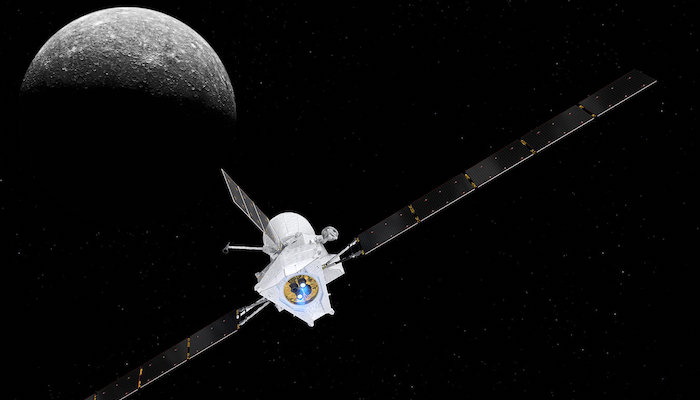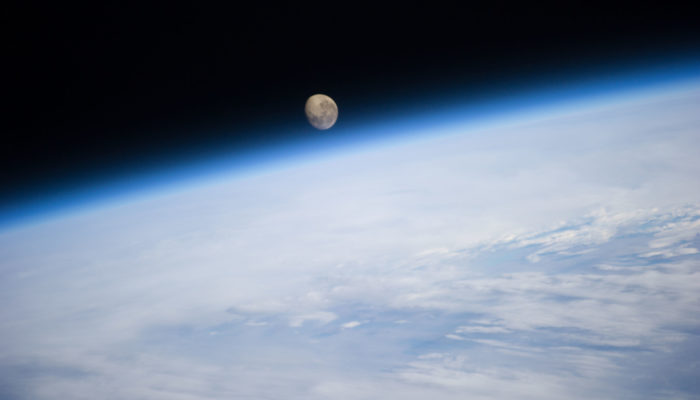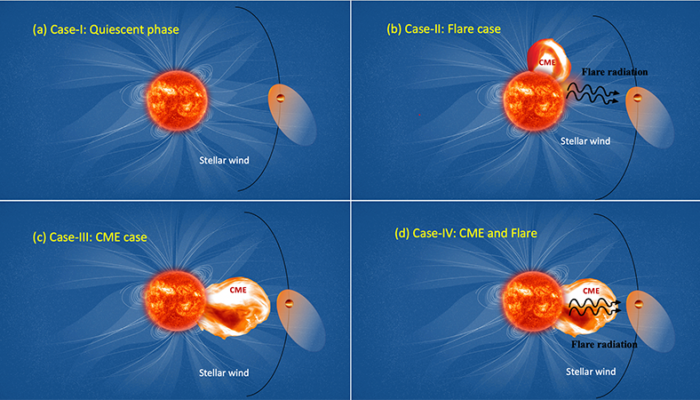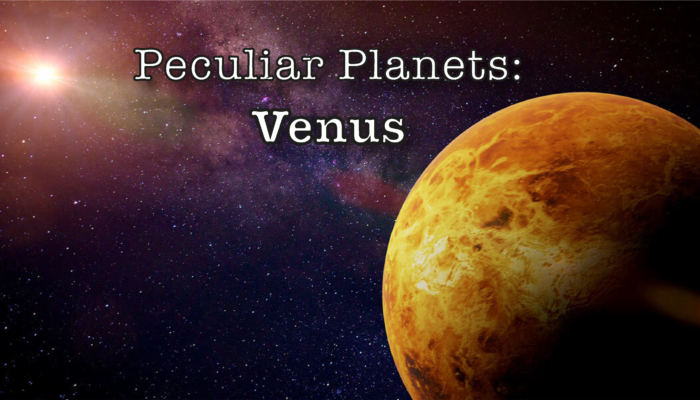Stellar storms modify the atmospheric evolution of planets. ‘Hot Jupiter’ planets being very close to their host star, are often affected by such storms. In this week’s peculiar planet, Gopal Hazra, a post-doctoral fellow at the School of Physics, Trinity College Dublin, discusses effect of stellar storms on those planets using his self-consistent hydrodynamic models of planetary ...[Read More]
On the way back to Mercury

It is the smallest planet of the Solar System, the closest to the Sun and the quickest at orbiting around it, the one with the least inclined and most elongated orbit, the only one where a day lasts two-thirds of a full year, the one with the highest bulk density. Mercury is a planet of extremes, but rarely visited by space missions (compared to Mars, Venus and the Moon). This week Dr. Nicola Tosi ...[Read More]
Venus: science! Today!
After many (attempted) visits to Venus in an earlier era of space exploration, the focus of terrestrial planet science was shifted towards e.g. our other neighbour Mars. Yet, lately, Venus seems to gain scientific popularity and not without reason – there remains so much to figure out about the puzzling planet. The virtual mini-workshop ‘Venus Science Today’ was held a few weeks ago to bring toget ...[Read More]
The Moon – A small but significant tale about impacts, basins, volcanism, and time

This week on the GD Blog we are taking a magical geodynamicist’s mystery tour to our planet’s Moon thanks to Tobias Rolf, Researcher at the Centre for Earth Evolution and Dynamics (CEED) at the University of Oslo, Norway (currently a Visiting Researcher at the Institute of Geophysics at the University of Münster, Germany). Imagine you are orbiting the Earth at an altitude of a few hun ...[Read More]


